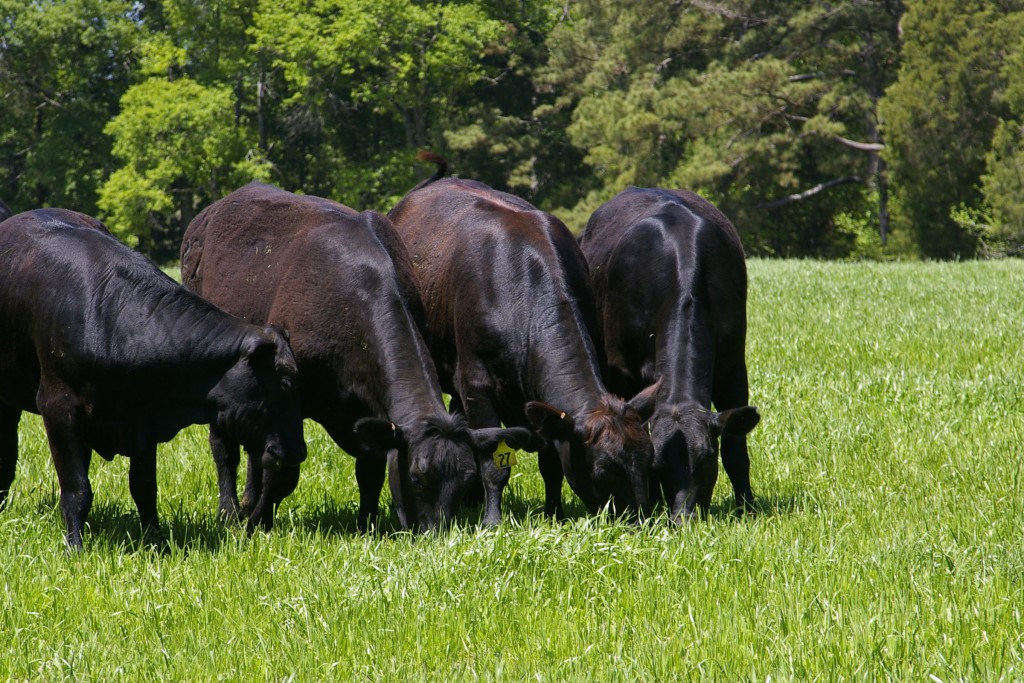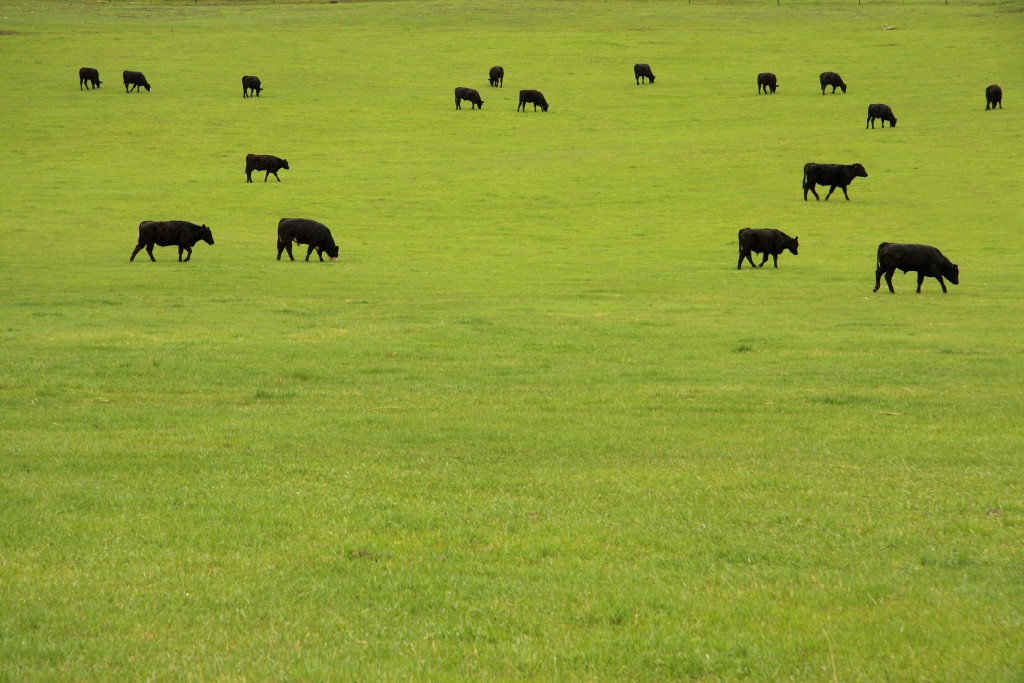
To some, the sudden emphasis on grass-fed beef might not make a whole lot of sense and to the more skeptical, the whole grass-fed craze is written off as just another fad. We’ve been consuming beef for thousands of years, so what gives?
Well, for thousands of years we were eating animals that grew up fending for themselves in the wild, ate their natural diets, and practiced natural habits that were typical for that animal and good for its emotional health. But something has happened in the way commercial farms have been raising cattle over the last few decades. Besides not providing any room to stretch their legs, farms began feeding the cows grains, corn, soy and an array of other foods that they are not designed to eat.
These foods cause many health problems in the cow. Grains, for example, have evolved to try to avoid being consumed in the first place. They contain lectins, which are proteins that bind with sugars to fight back against the host that is consuming the foods, and in humans, this causes GI distress and can lead to intestinal damage. Cows and other animals are affected in much the same way.

But when a cattle is grass-fed, they are taking part in a diet that has been sustaining their health over the course of history. When a cattle is allowed to pasture, they are reducing stress levels, using vital muscles, and most importantly enjoying nature the way a healthy cow should and as a result, grass-fed cows have meat that is:
• 300 times lower in E. coli bacteria levels
• Lower in total fat
• Higher in the thiamin, riboflavin, beta-carotene and vitamin E
• Lower in the saturated fats linked with heart disease
• Higher in the minerals calcium, magnesium, and potassium
• Higher in total omega-3s
You are what you eat, so when trying to make healthy decisions for ourselves, we have to go all the way back to the health of the animal.

